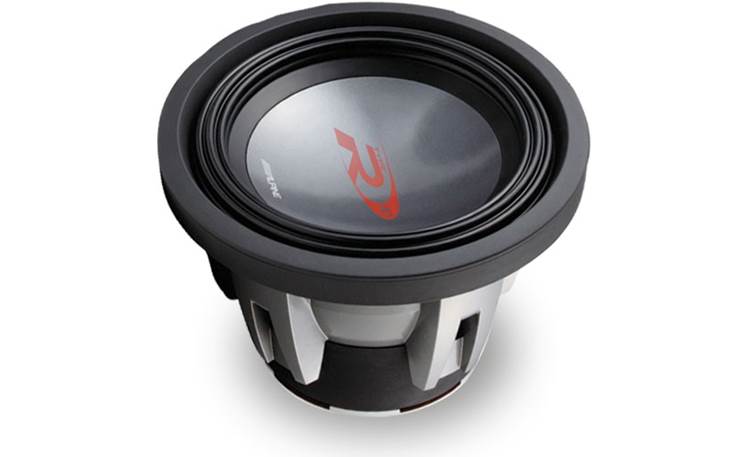300 watts is the max power of the amp. You want to use RMS power, or slightly less.
I've never used this method for setting an amp's gain, so maybe I'm wrong about this, but it seems like a very odd way of doing it. At least, the way the guy explains how to do it. For one, the ohm rating on a speaker is not it's resistance, it is its impedance. I don't know enough to know whether this matters in this case or not, but it seems like it does.
On top of that, he says that a head unit will clip at anything above 3/4 volume, which is probably about true if you are using line-level outputs, but if you have an amp, you should be using pre-amp outputs.
I suggest you try this simpler method explained by Luke. It worked great for me.
I've never used this method for setting an amp's gain, so maybe I'm wrong about this, but it seems like a very odd way of doing it. At least, the way the guy explains how to do it. For one, the ohm rating on a speaker is not it's resistance, it is its impedance. I don't know enough to know whether this matters in this case or not, but it seems like it does.
On top of that, he says that a head unit will clip at anything above 3/4 volume, which is probably about true if you are using line-level outputs, but if you have an amp, you should be using pre-amp outputs.
I suggest you try this simpler method explained by Luke. It worked great for me.




Comment